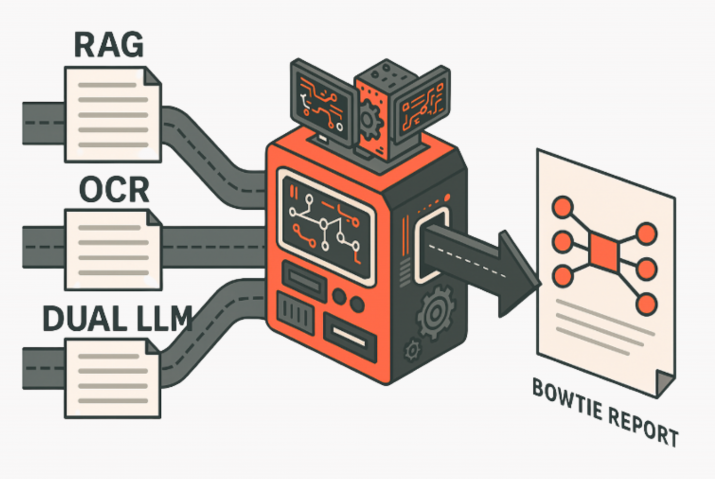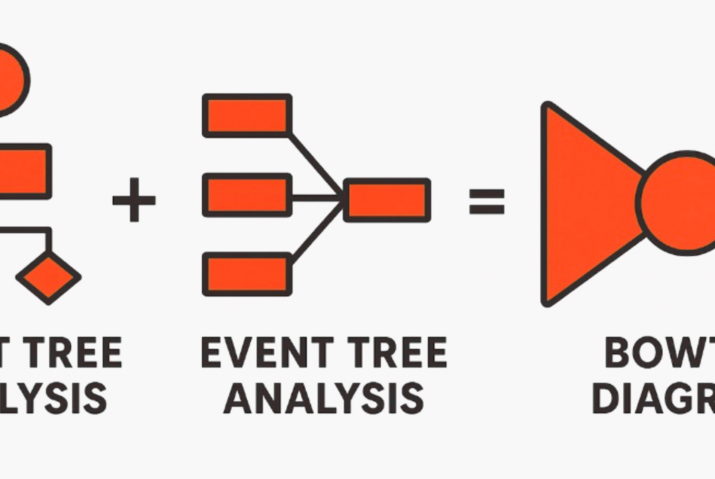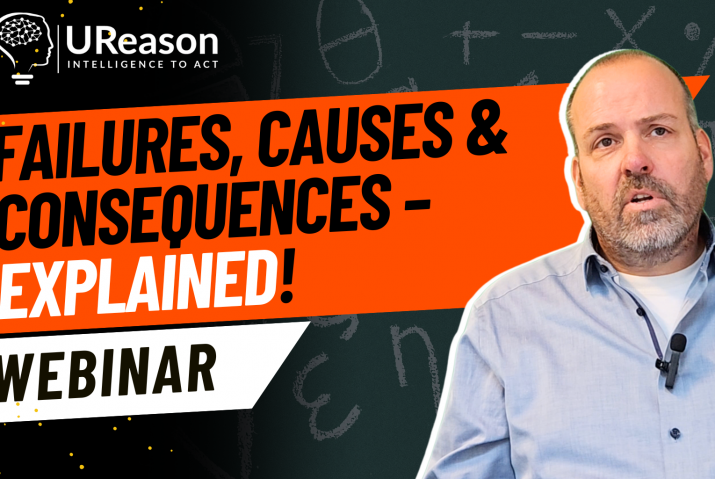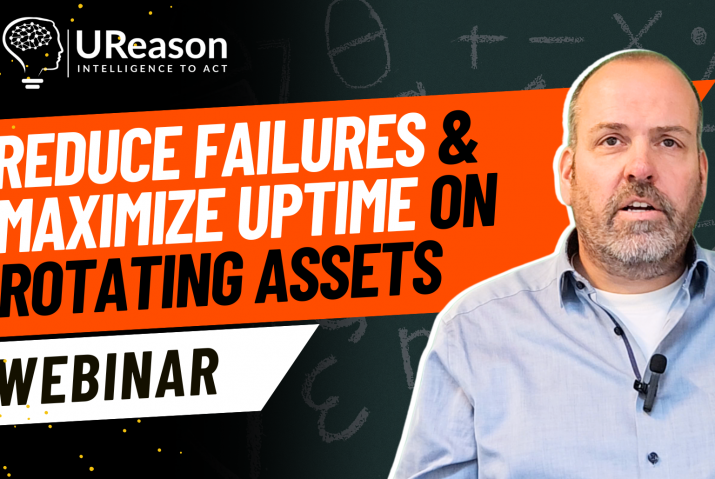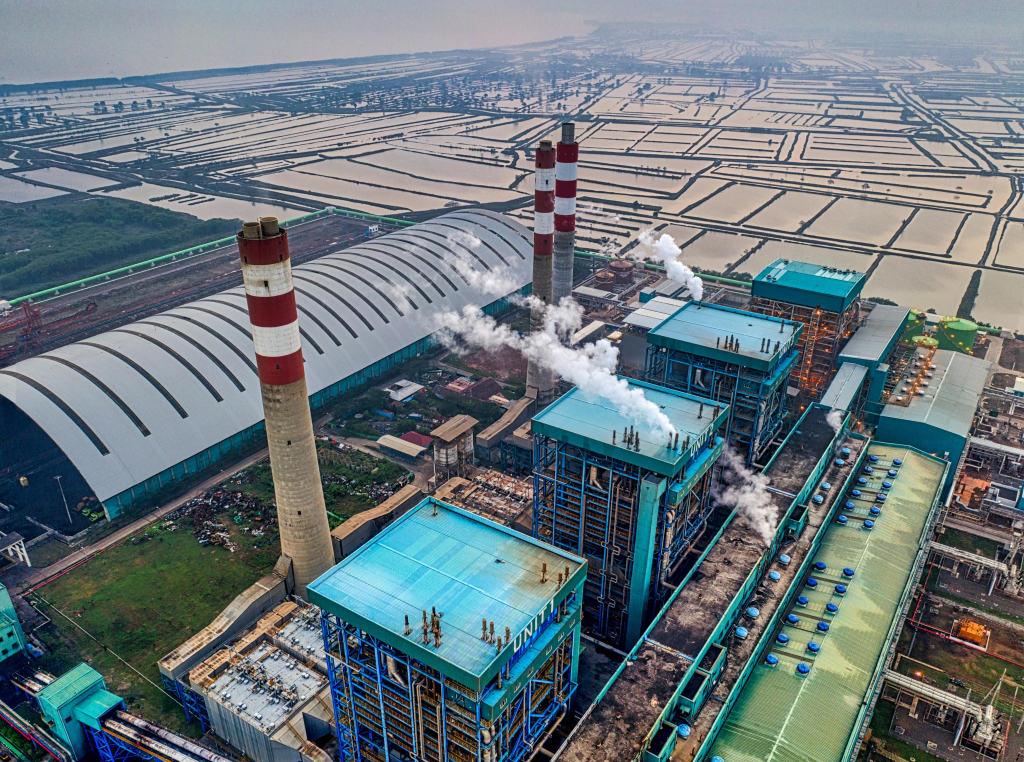
What Are Fugitive Emissions?
Fugitive emissions consist mainly of volatile organic compounds (VOCs), methane (CH4), carbon dioxide (CO2), and hazardous air pollutants (HAPs) like benzene. These gases can escape from equipment due to wear and tear, faulty installation, or operational malfunctions.
Types of Gases in Fugitive Emissions
Methane (CH4): A potent greenhouse gas with a global warming potential many times greater than CO2 over a 20-year period.
Volatile Organic Compounds (VOCs): These include a range of chemicals, some of which are hazardous air pollutants.
Carbon Dioxide (CO2): A well-known greenhouse gas contributing to climate change.
Hazardous Air Pollutants (HAPs): These are toxic chemicals that pose health risks, such as benzene, toluene, and xylene.
Legislative Directives Aimed at Curbing Fugitive Emissions
To address fugitive emissions, several legislative directives have been established. The United Nations Geneva Convention on Long Range Transboundary Air Pollution (CLRTAP) (UN Treaty Collection) and its extension, the Gothenburg Protocol, involve 51 parties committed to reducing air pollution through various measures. In the EU, the National Emission Reduction Commitments Directive (2016/2284/EU) (European Environment Agency) mandates ambitious reduction targets for pollutants, including NMVOCs, by 2030, requiring member states to develop National Air Pollution Control Programmes. The UK’s Clean Air Strategy 2019 aligns with these goals, aiming to cut NMVOC emissions by 39% by 2030. Additionally, the Industrial Emissions Directive (2010/75/EU) (European Commission) regulates emissions from industrial installations using Best Available Techniques (BAT) detailed in BAT Reference Documents (BREFs), ensuring stringent control over fugitive emissions.
Environmental and Health Impacts
Environmental Harm
Fugitive emissions contribute to several environmental issues:
- Global Warming: Methane and CO2 are major contributors to the greenhouse effect.
- Air Quality Degradation: VOCs and HAPs contribute to smog formation and have harmful effects on ecosystems.
Health Risks
Exposure to fugitive emissions can cause serious health problems:
- Respiratory Issues: VOCs and HAPs can cause or exacerbate respiratory conditions like asthma.
- Cancer Risk: Certain HAPs, such as benzene, are known carcinogens.
- Chronic Health Conditions: Long-term exposure can lead to chronic health issues, affecting organs and bodily systems.
Control Valves and Fugitive Emissions
Control valves are critical components in industrial processes, used to regulate the flow and pressure of fluids and gasses. However, they are also common sources of fugitive emissions due to their frequent operation and the wear and tear on seals and packing.
Fugitive emissions are estimated to contribute 20% of the global methane emissions from the petrochemical industry, making them a significant factor in the greenhouse effect (European University Institute). Additionally, 92% of emissions come from less than 1% of components in large facilities, highlighting the need for a targeted approach to identify these “super emitters” (Environment Agency).
According to recent industry analyses (European Sealing Association), “Control valves drive around 60% of a plant’s emissions, a figure which rises to 70% in refineries. This is despite only representing around 1% of a facility’s total installed assets.”
This highlights the critical role control valves play in managing emissions and targeting “super emitters”.
Issues in Control Valves Leading to Emissions
- Stiction and Stick & Slip: These phenomena cause erratic valve movement, leading to leakage and inefficient control.
- Stem/packing Issues: Over time, valve stems and packing materials degrade, creating paths for leaks.
- Improper Installation: Incorrect installation of control valves can lead to misalignment and inadequate sealing, increasing the likelihood of leaks.
- Valve Seat Damage: Erosion, corrosion, or mechanical damage to the valve seat can prevent a proper seal, allowing process fluids to escape.
- Actuator Problems: Malfunctioning actuators can cause improper valve positioning, leading to incomplete closure and leakage.
- Inadequate Maintenance: Lack of regular maintenance can result in the buildup of deposits or debris within the valve, impairing its functionality and sealing capability.
- Thermal Cycling: Frequent temperature fluctuations can cause expansion and contraction of valve components, leading to stress and eventual leakage points.
- Improper Material Selection: Using materials that are not compatible with the process fluid or operating conditions can lead to premature degradation and leakage.
- Pressure Surges: Sudden changes in pressure can cause mechanical stress and damage to valve components, resulting in leaks.
- Gland Packing Wear: Continuous operation and friction can cause gland packing to wear out over time, creating pathways for emissions.
- Vibration and Mechanical Stress: Continuous vibration and mechanical stress from surrounding equipment can loosen fittings and connections, leading to leaks.
- Design Flaws: Poor valve design or selection can result in inadequate sealing surfaces, improper flow characteristics, and increased risk of fugitive emissions.
Reducing Fugitive Emissions with UReason’s Control Valve App
UReason’s Control Valve App is a first-of-its-kind data-only control valve diagnostic solution designed to optimize the performance of control valves, thereby reducing fugitive emissions.
Here’s how CVA helps:
- Addressing Various Valve Issues
The app continuously monitors valve performance, identifying a wide range of issues such as stiction, stick & slip, stem/packing degradation, and actuator malfunctions. By diagnosing these problems early, maintenance can be targeted properly in time, preventing leaks before they occur.
- Ensuring Precise Control
The app enhances precise control by tracking parameters such as over-/undershoot and controller performance. This ensures that processes operate within optimal parameters, reducing energy waste and emissions. Precise control also means that fuel, steam, or other resources are used efficiently, preventing overconsumption and directly lowering emissions.
- Maintenance Efficiency
With data-driven insights, the app informs maintenance personnel about which valves need attention. This predictive maintenance approach eliminates unnecessary replacements and ensures that only faulty valves are serviced, saving time and resources. Additionally, remote monitoring capabilities reduce the need for on-site visits, minimizing travel and associated emissions.
- Moving Beyond Traditional LDAR Methods
Traditional Leak Detection and Repair (LDAR) programs, mandated by law for sectors such as oil and gas, chemicals, and waste treatment, are essential but labour-intensive. These programs typically involve annual surveys using methods like sniffing, optical gas imaging (OGI), and other techniques prescribed in BAT conclusions and BREF documents. While effective, these methods are resource-intensive and require substantial manual labour.
Control Valve App differs from these traditional methods by selectively helping to identify where to inspect, focusing efforts on high-risk areas and potential “super emitters” – components responsible for the majority of fugitive emissions. This targeted approach enhances the efficiency of LDAR programs, allowing for more targeted and effective inspections without extensive labour costs. By leveraging advanced data analytics and remote monitoring, CVA helps to bring focused attention to critical areas, ensuring that leaks are detected and repaired swiftly, significantly reducing fugitive emissions and their environmental impact.
Conclusion
Fugitive emissions present a significant challenge in the process industry, impacting both the environment and human health. However, with advanced solutions like UReason’s Control Valve App, companies can gain a better understanding of where to focus their efforts across the entire installed base, saving valuable resources and time. By addressing issues in control valves, ensuring precise control, and enhancing maintenance efficiency, CVA plays a crucial role in helping companies to minimize their carbon footprint and improve operational sustainability.
For more information on how UReason’s Control Valve App can help your company reduce fugitive emissions and enhance operational efficiency, visit UReason’s Control Valve App.
Try the Control Valve App Today
Explore the dynamic and interactive features in our online demo.



